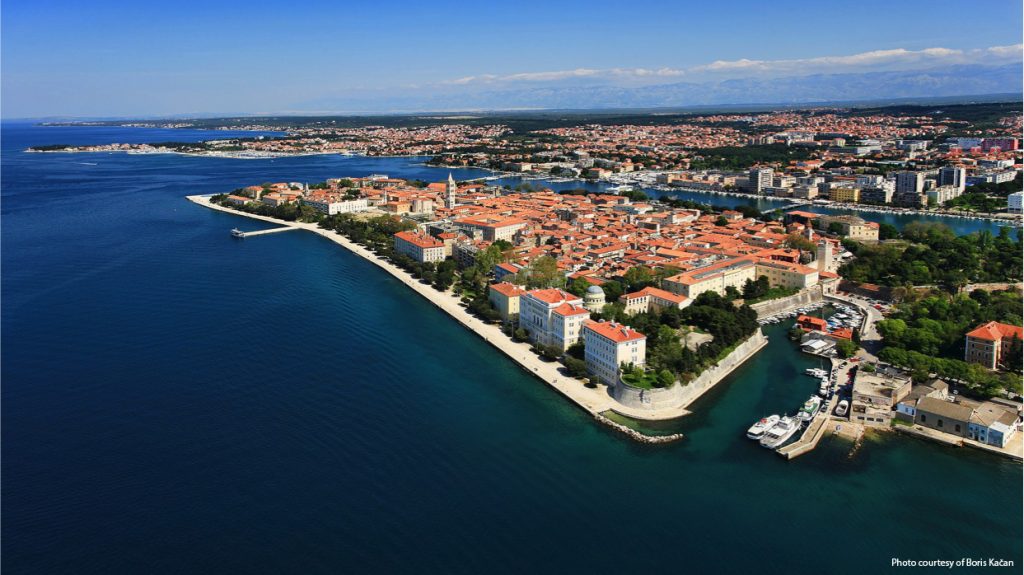Summer Archaeological Field School in Croatia – Course Overview
Students will be introduced to various aspects of archaeological methods and research design, cultural history of the eastern Adriatic, and contemporary life in Croatia. Students will read selected readings and participate in discussions of these topics during evening sessions on the trip. The itinerary and schedule of activities of the 30-day trip has been prepared with the intent to (1) train students in the scientific principles of archaeological methods and research design, (2) expose students to the rich cultural heritage of Croatia’s past, and (3) immerse students in the dynamic and vibrant lifeways of contemporary Croatia.
Students will spend most of the time in the 3000-year-old city of Zadar with daily commute to the archaeological site of Nadin (25 minute ride). However, students will also take Sunday visits to the archaeological sites of Varvaria and Asseria, and to the neighboring island of Ugljan for a walk through a traditional Mediterranean island landscape. The course will conclude with a two-day trip to the city of Split, with visits to the archaeological site of Salona (the former Roman capital of Dalmatia) and the palace of the late 3rd century CE Roman Emperor Diocletian, around which the medieval village of Split formed. During the trip, students will receive short lectures about the principles of archaeological method and theory, research design, ancient cities, and the cultural history of the eastern Adriatic. Students will also work alongside Croatian university students from the University of Zadar, making this a truly international experience for student participants.

